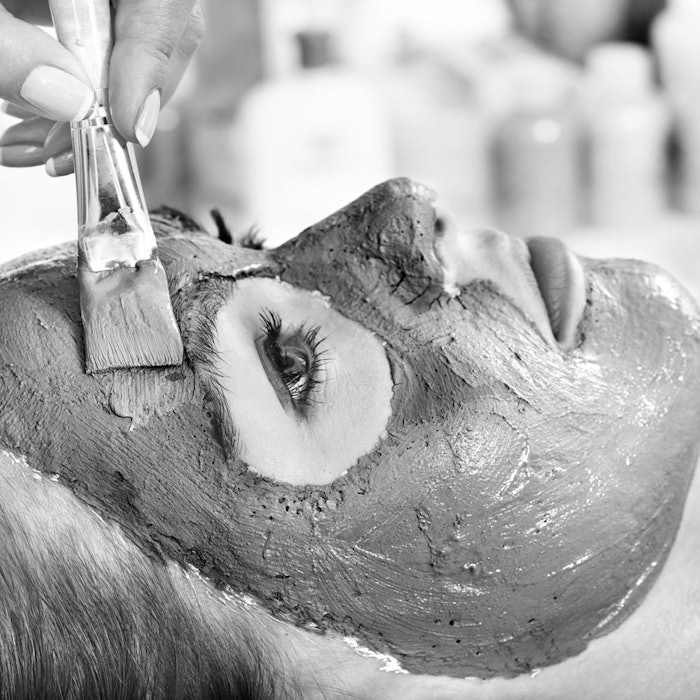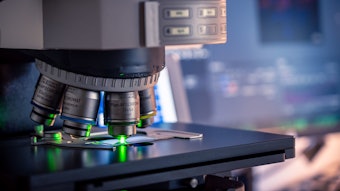
This week, the University of British Columbia (UBC) announced findings that a rare mineral clay from Kisameet Bay, B.C, has serious healing potential.
According to the report, the clay exhibits antibacterial activity against multidrug-resistant pathogens, especially the "ESKAPE" strains of bacteria—Enterococcus faecium, Staphylococcus aureus, Klebsiella pneumoniae, Acinetobacter baumannii, Pseudomonas aeruginosa and Enterobacter species.
“Infections caused by ESKAPE bacteria are essentially untreatable and contribute to increasing mortality in hospitals,” said UBC microbiologist Julian Davies, co-author of the related paper published in the mBio journal.
“After 50 years of over-using and misusing antibiotics, ancient medicinals and other natural mineral-based agents may provide new weapons in the battle against multidrug-resistant pathogens.”
A 400-million kg (400,000 tonne) deposit of the clay was reportedly formed near the end of the last Ice Age, approximately 10,000 years ago. Local Heiltsuk First Nations people used the clay for centuries, with reported uses for ulcerative colitis, duodenal ulcers, arthritis, neuritis, phlebitis, skin irritation and burns.
Additional tests will reveal not only the mechanisms, but also the safety of the clay and its components. Perhaps modern day cosmetic formulators could take a page from history to develop novel skin treatments.










